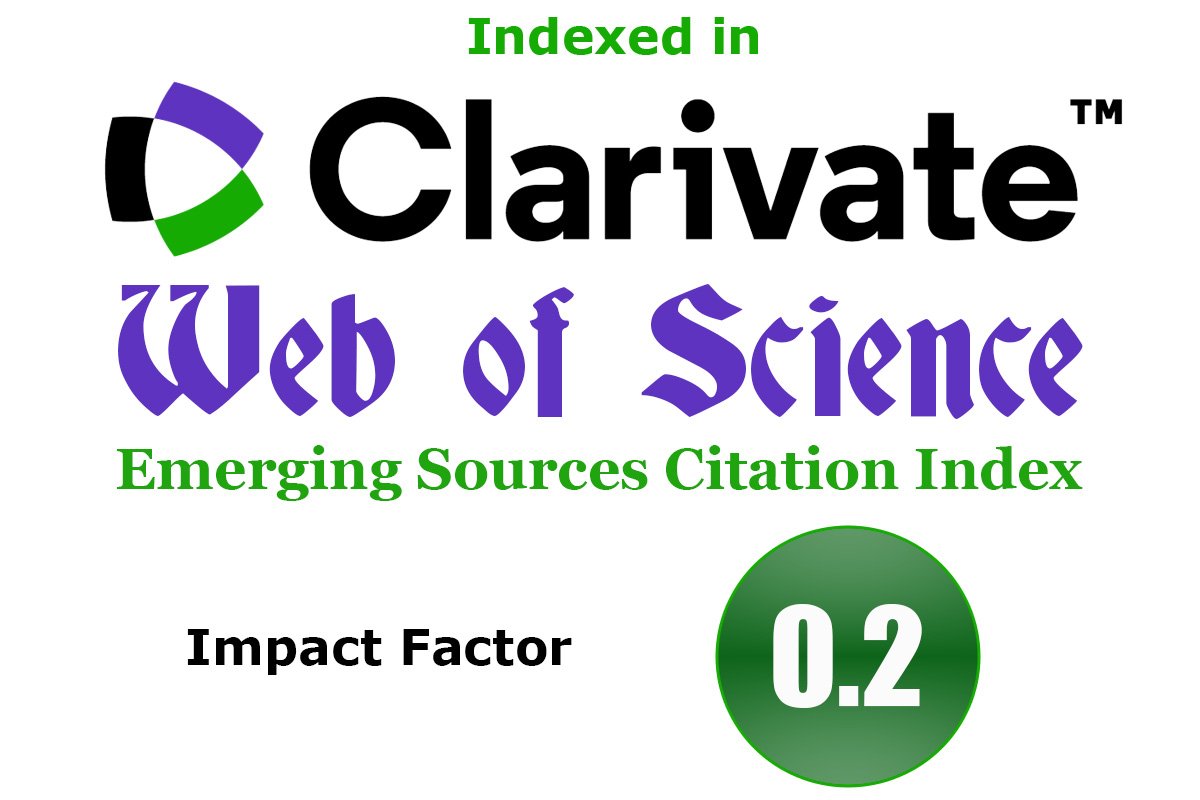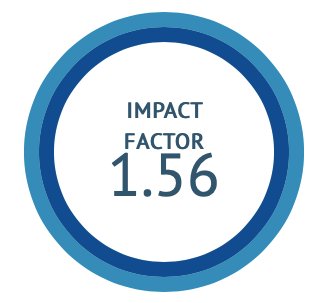Evaluation of the Antimicrobial efficacy of a novel polyherbal extract against Streptococcus Mutans: An in-vitro study
DOI:
https://doi.org/10.47552/ijam.v13i1.2275Keywords:
Streptococcus mutans, Polyherbal, Antimicrobial, Triphala, Terminalia Chebula, Terminalia bellerica, Emblica officinalis, Glycyrrhiza glabra, Curcuma longa, Acorus CalamusAbstract
Aim: The present study was done to assess the antibacterial efficacy of a polyherbal extract against Streptococcus mutans (S. mutans) in-vitro. Materials and methods: In the current study, the ethanolic extracts of Haritaki, Bhibitak, Amalaki, Yashtimadhu, Haridra and Vacha were subjected to microbiological assay. The microbial growth inhibitory potential of the polyherbal extract was determined by using the agar disc diffusion method. Results: Mean zone of inhibition of polyherbal extract mix against S. mutans at 48 hours was 24mm. Minimum Inhibitory Concentration and Minimum Bactericidal Concentration of polyherbal extract mix on S. mutans was 0.1gm/mL and 0.2gm mg/mL respectively. Conclusion: The polyherbal extract had antimicrobial efficacy against streptococcus mutans. This polyherbal extract could have potential clinical implications. Clinical significance: as many chemical agents used for prevention of dental caries might have long term adverse effects, use of plant based products could be an excellent treatment alternative. This polyherbal extract possesses antibacterial properties against streptococcus mutans and hence could be used for prevention of dental caries. The herbs used in the study are easily available, economically feasible and are being used since time immemorial.
Downloads
Published
How to Cite
Issue
Section
License
Copyright (c) 2022 International Journal of Ayurvedic Medicine

This work is licensed under a Creative Commons Attribution 4.0 International License.
The author hereby transfers, assigns, or conveys all copyright ownership to the International Journal of Ayurvedic Medicine (IJAM). By this transfer, the article becomes the property of the IJAM and may not be published elsewhere without written permission from the IJAM.
This transfer of copyright also implies transfer of rights for printed, electronic, microfilm, and facsimile publication. No royalty or other monetary compensation will be received for transferring the copyright of the article to the IJAM.
The IJAM, in turn, grants each author the right to republish the article in any book for which he or she is the author or editor, without paying royalties to the IJAM, subject to the express conditions that (a) the author notify IJAM in advance in writing of this republication and (b) a credit line attributes the original publication to IJAM.




